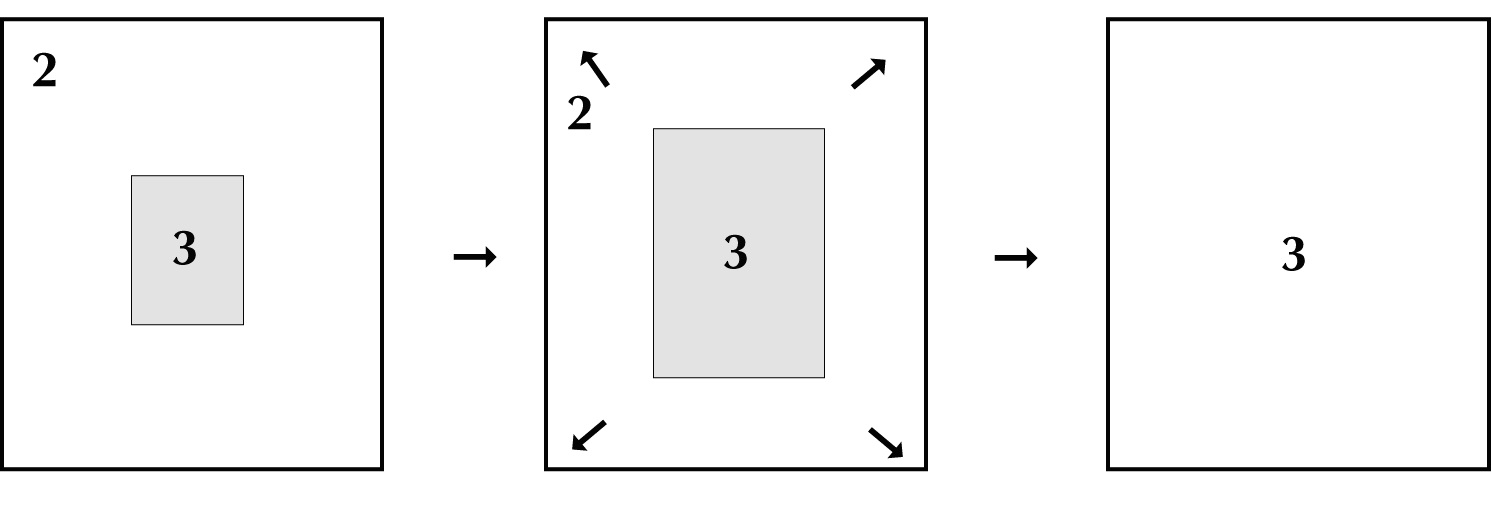The “Swish” may be one of the most popular NLP processes. It’s used widely to create highly motivated states. The example in the book, the “Blossom” swish is nicely complemented by the variations included here. Try them all, and pick the one that works most easily for you.
Then practice that with three or four things you want to be more motivated to do. This is usually best done with practical tasks that you know you have to do, and you’ll be happy you have done them, but they are just kind of boring to do. The specific written instructions follow the videos.
Introducing the Swish
Demonstration: The Standard Size-Brightness Swish
Review of Demonstration and Exercise Guidelines
Review of The Standard Size-Brightness Swish Exercise
Standard Size/Brightness Swish Exercise
Step 1: Identify an unwanted behavior/response. Check to discover whether you respond “normally” to size and brightness in the problem context: increased size and brightness yields a more intense response.
Step 2: Cue Picture:
a. Discover visual cues occur immediately before the unwanted behavior/response. For example with nail biting, you’d want to identify when you bite your nails. (This puts you into the appropriate context, so that it will be easier to answer the next question.) What do you see/hear/feel that makes you want to bite your nails? If you don’t know, and you can’t figure it out, you can pick a visual cue that you know has to be there. For instance, in nail-biting or cigarette smoking your hand has to come up to your face, and into your visual field.
b. Next, make a large, bright, associated image of what you see just before the unwanted behavior begins. Notice what you see, feel, or hear as you consider this question. Then, set this picture aside briefly.
c. Determine the positive benefits of the behavior/response, and make a list of these.
Step 3: Self-image Picture: Make an image of yourself as evolved beyond this difficulty. Consider how you would see yourself differently as a person if you had grown far beyond the unwanted behavior, and you had many other choices about satisfying the positive benefits that we explored in the previous step. This picture is not simply a picture of you not smoking, for instance, or doing any specific replacement behavior, but a dissociated picture of yourself being a different kind of person—more capable, more expressive of your true self, and with more choices.
Make sure the picture:
- Represents qualities, not specific behaviors.
- Is a “you” who has many choices in satisfying the positive benefits.
- Is realistic and human, not perfect or infallible.
- Is dissociated (and stays dissociated).
- Is attractive to the you.
- Is not narrowly contextualized. Make the background as vague and undefined as possible.
Step 4: Congruence check: As you look at this picture of yourself as you want to be, do you have any hesitation or misgivings about becoming this person? Does any part of you have even the slightest objection? Use any objecting parts to modify the image until all parts are enthusiastic.
Step 5: Set up: Make a large, bright, associated image of the cue (#2), and put a small, dark picture of the desired self-image (#3) in the middle of that image.
Step 6: Swish: See the picture of yourself as you want to be quickly get bigger and brighter, as the cue image shrinks and becomes dim and overwhelmed.” Use visual and auditory anchors—hand gestures and some kind of “swish” sound—for steps 5 and 6 to make it easier for you to swish rapidly.
Step 7: Repeat 5 X. Then clear your visual screen, or open your eyes. Repeat this process 5 times, faster each time.
Step 8: Test:
a. Make cue image (2). What happens?
b. Behaviorally test by creating the external cue.
The Auditory Swish
This is an example of a swish in a different sensory system. It’s can be very useful when working with discouragement.


Thank you. I wonder if there are maybe tactile or audio equivalents for those who are not able to create mental imagery easily, have clear and complete images and manipulate the images. Contrary to popular belief, there definitely are people who can’t generate the mental imagery necessary for this to work.
Yes, there are people who have difficulty consciously visualizing. There are some indications in recent neuroscience research of a genetic component.
Most people, myself included, can improve their ability to create, recall, and manipulate mental images by practicing the visual swish in any of its versions. Even if you do not have crystal clear imagery, the process can be effective for you. There is an “auditory swish” type process you will find described in the book in Chapter 2 page 75 and or by using the search function in the Kindle version.
very good demo.easy to understand.
thank you
I just wanted to say thank you for writing the NLP book and for making this video online for free for ppl to view. It is helping me and I am very thankful